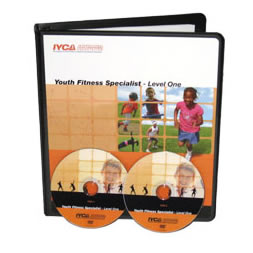Young Athletes & Coordination Series
Part 2: Coordination – Can You Teach Young Athletes?
The answer, in short, is yes.
Coordination ability is not unlike any other biomotor – proficiencies in strength, speed, agility and even cardiovascular capacity (through mechanical intervention) can be taught, and at any age.
The interesting caveat with coordination-based work however, is that its elements are tied directly to CNS (Central Nervous System) development and therefore have a natural sensitive period along a chronological spectrum. The actuality of sensitive periods tends to be a contentious topic amongst researchers and many Coaches – some of whom are not satisfied with current research and therefore not eager to believe in their existence and others who accept sensitive periods of development to be perfectly valid. It’s worth pointing out that I am in no way a scientist or researcher, but have read numerous books and research reviews on the subject and feel satisfied that they do exist and can be maximized (optimized for a lifetime) through proper stimulus.
This ‘optimization’ issue is the true crux of the matter. Especially during the very early years of life (0 – 12 years) the CNS contains a great deal of plasticity, or ability to adapt. This plastic nature carries through the mid-adolescents, but then significantly decreases from there. Many mistake this point as an implication that the human organism cannot learn new skills in any capacity once their CNS has passed the point of being optimally plastic, but this is not true. Skill of any athletic merit can be learned at virtually any age throughout life. What the plasticity argument holds is that these skills could never be optimized if they were not introduced at a young age.
‘Why Michael Couldn’t Hit: And Other Tales of The Neurology of Sports’ is a fascinating book by Dr. Harold Klwans and a review of his prediction that Michael Jordan, one of the greatest athletes of all time, would not become an extraordinary baseball player during his attempts to do so with the Chicago White Sox. Dr. Klwans contented that because Jordan did not learn nor practice the specific motor and hand-eye aspects of hitting baseballs when he was young, no matter how great an athlete he was, he would never be able to do so at an advanced level.
Inevitably, Dr. Klwans was correct.
The case for neural plasticity suggests that during the formative years of growth, it is imperative that Young Athletes be introduced to all types of stimulus that fuel improvement to the elements of coordination listed above. This is one of the very critical reasons that all young athletes should play a variety of sports seasonally and avoid any sort of ‘sport specific’ training. Unilateral approaches to enhancing sport proficiency will meet with disastrous results from a performance standpoint if general athletic ability, overall coordination and non-specific load training is not reinforced from a young age.
This bring us to the final myth… Be sure to check out tomorrow’s post!
Coordination, Strength, Mobility & Speed Training for Young Athletes —> https://iyca.org/fitspecialist1/



[…] Motor Skill Development & Young Athletes… […]